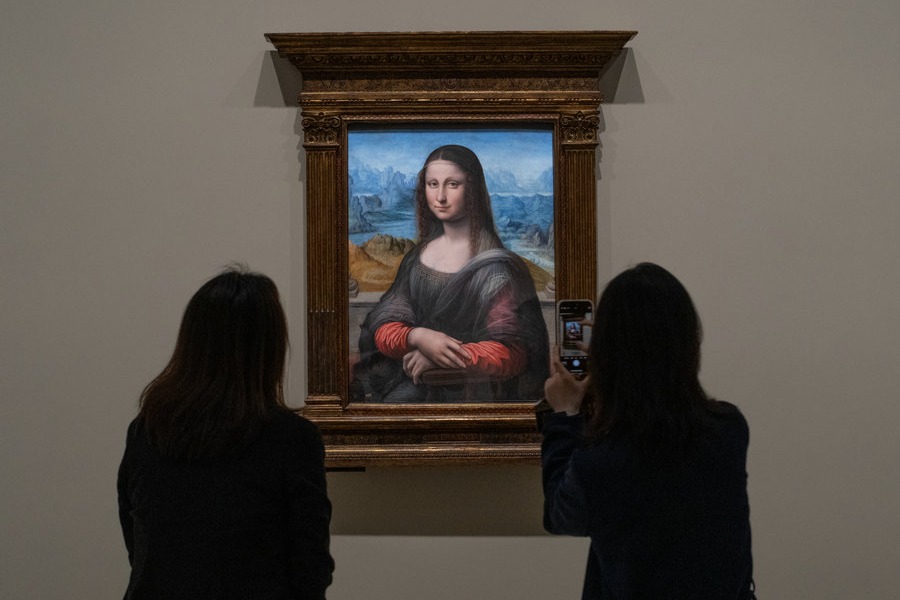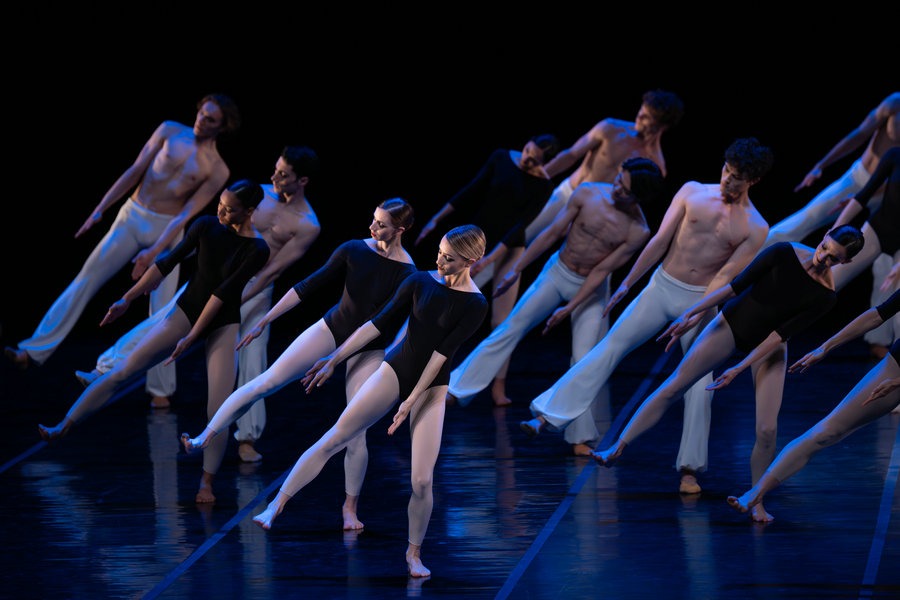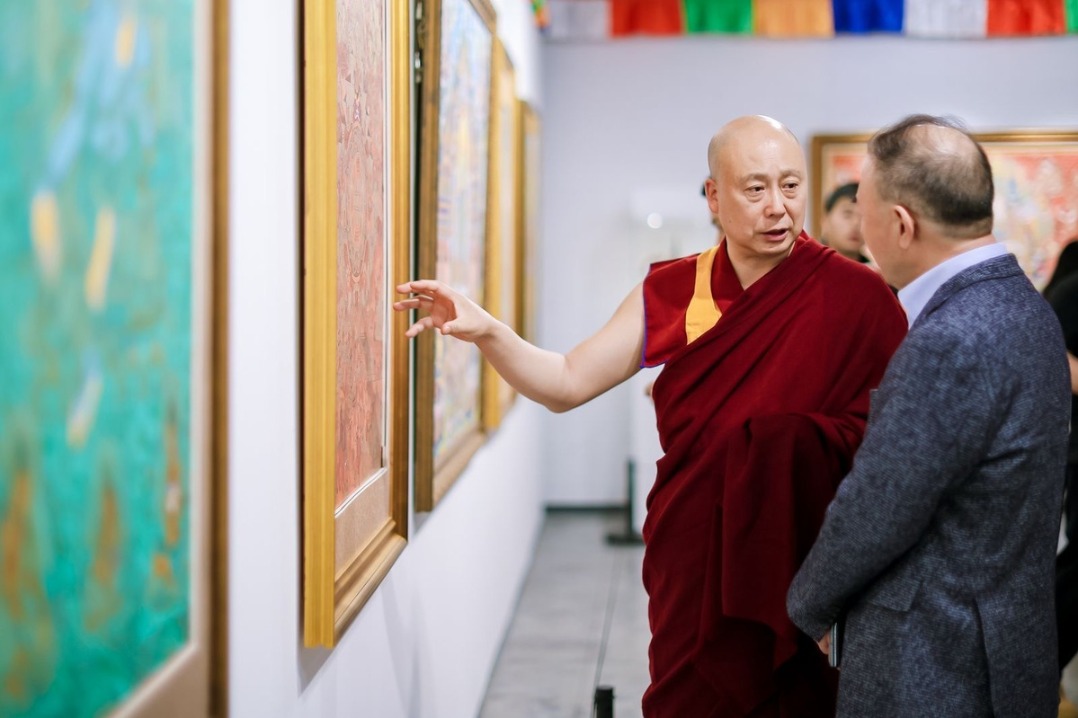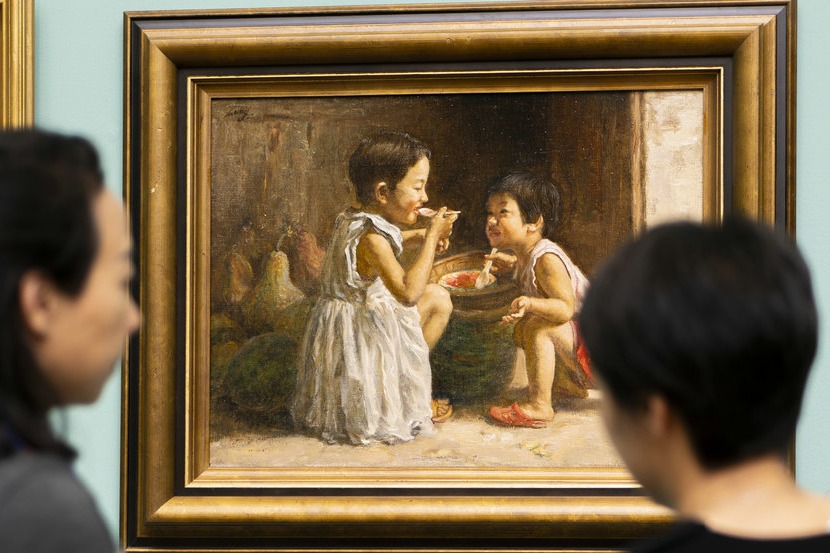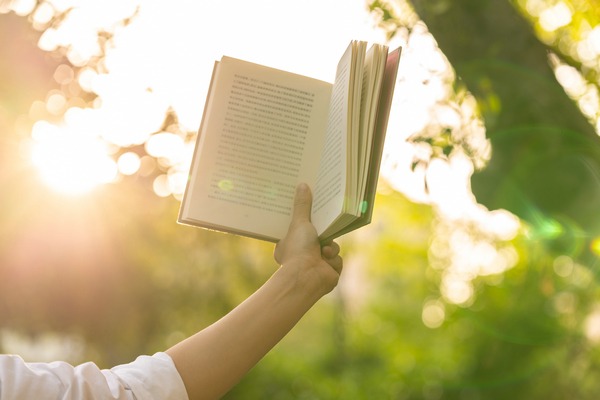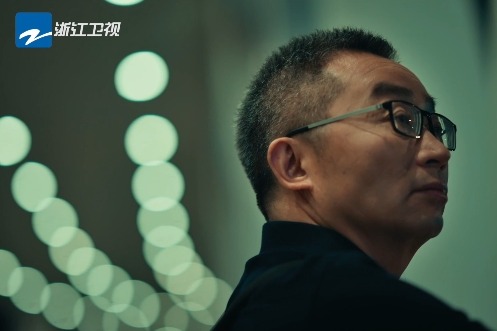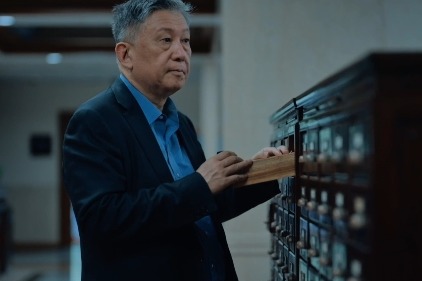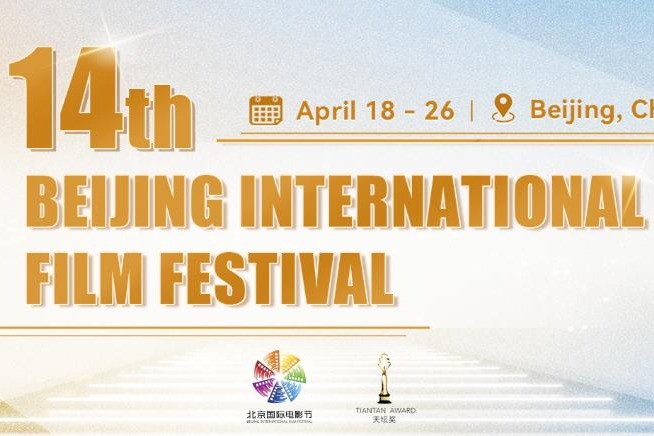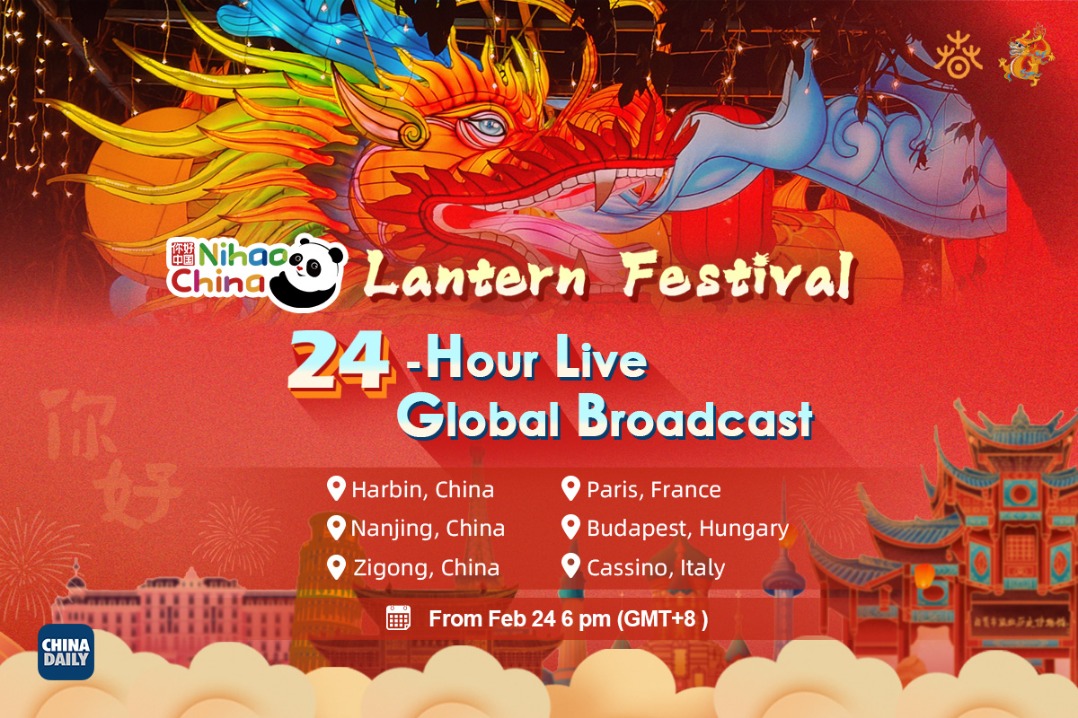Musical tribute to Pantoja

With a set of wooden recorders, a musical duo took the audience to the Baroque era and retraced the route of Spanish Jesuit Diego de Pantoja, whose odyssey helped establish the early bond between China and Spain.
The singsong concert held recently marked the end of The Year of Diego de Pantoja, a series of events hosted by Spain's Cervantes Institute through 2018, commemorating the 400th anniversary of Pantoja's death in Macao.
The concert showcased the journey of Pantoja and other European missionaries to Asia, and their contributions to globalization. The pieces ranged from duets written in Pantoja's birthplace Valdemoro to hymns performed by missionaries in the Forbidden City in Beijing.
Pantoja, who arrived in Macao in 1597 and then moved to Nanjing in 1600, worked with Italian Jesuit Matteo Ricci, and together they came to Beijing in 1601.
For the following 17 years, Pantoja devoted himself to missionary work in Beijing.
According to Rafael Dezcallar, the Spanish ambassador to China, Pantoja was not only a missionary, but more importantly a scholar and a messenger of culture.
And what Pantoja achieved was far more than simply religious education, for he facilitated the communication between China and the Western world, Dezcallar says.
The instrumental duo La Folia comprises two recorder experts Pedro Bonet and Belen Gonzalez Castano.
With 20 or so recorders, they performed duets from Pantoja's time, most of which were related to religious services.
When Pantoja and Ricci arrived in Beijing, they paid tribute to Emperor Wanli of the Ming Dynasty (1368-1644), with two mechanical musical clocks.
The clocks were endearingly called singsong clocks because of their sounds.
For the finale, the duo presented select musical clock tunes from the British Library collection. In the 1730s, Baroque composer George Frideric Handel collaborated with the craftsman Charles Clay in programing music for clocks.
The concert also featured a Malaysian saong based on a work by Arcangelo Corelli, one of the most renowned Baroque musicians of the time whose influence suffused religious music.


















